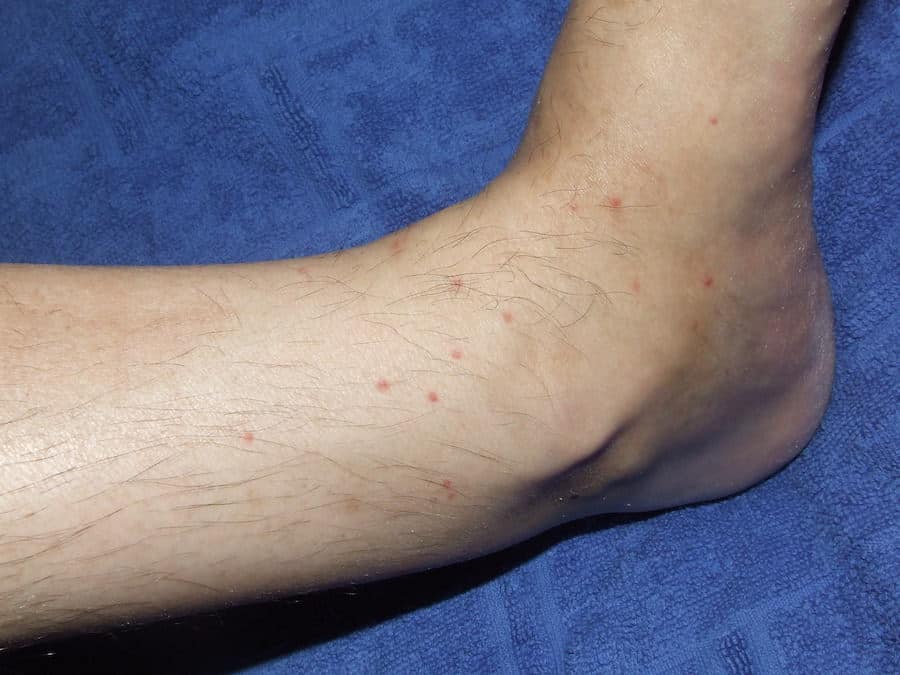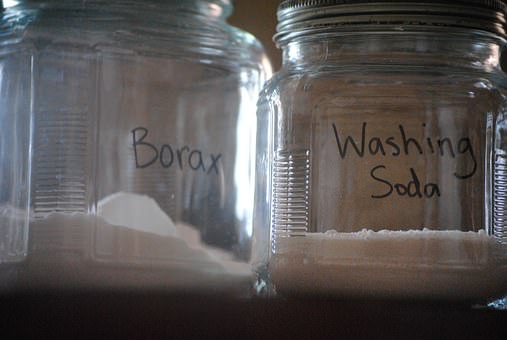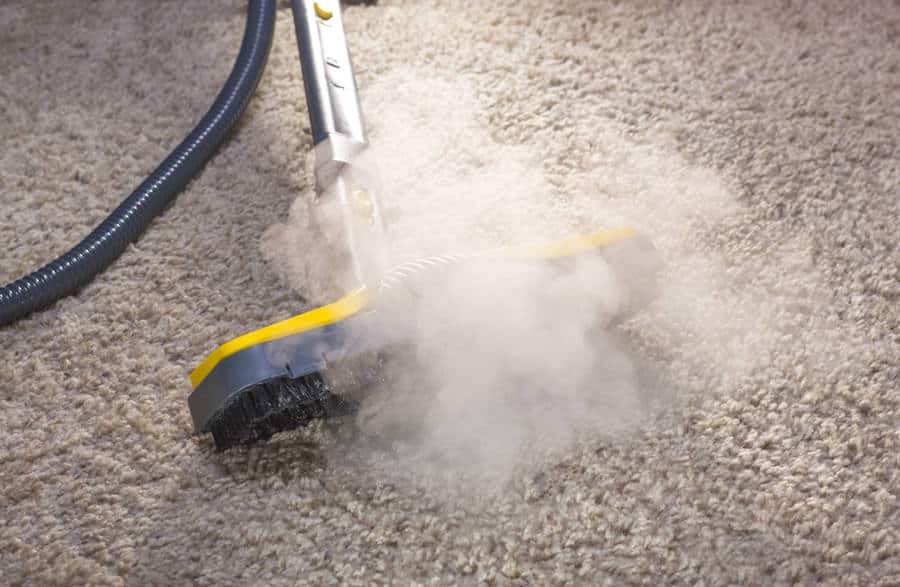Can People Get Fleas?
All of us have likely experienced a flea-ridden animal or spotted a little black speck leaping off of our skin. Fleas are an age-old nuisance for pets and pet owners alike. It is not unusual for some animals to chew their skin raw, trying to rid themselves of these blood-sucking pests.
While they certainly drive our furry friends crazy, if you have ever found yourself starting to itch and scratch alongside your pet; you have probably wondered whether their unwelcome visitors have taken a liking to your blood too. In this article, we will give you the lowdown on whether humans can really catch fleas.
Will Fleas Feed On Human Blood?
Fleas are not terribly fussy when it comes to finding a meal. They are opportunistic parasites, which means they rarely pass up the chance for a blood-sucking feast. Fleas will feed multiple times a day, if they can, and are known to be able to store up to 15 times their own weight in consumed blood.
The preferred source of host varies across different flea species. While it is true that most fleas usually prefer to feed on animals; in a large infestation, or in the absence of their favorite target, they will happily consider human blood as an acceptable alternative. It is only adult fleas that bite and feed on humans by using specialized mouthparts to pierce the skin and suck out the blood from beneath.
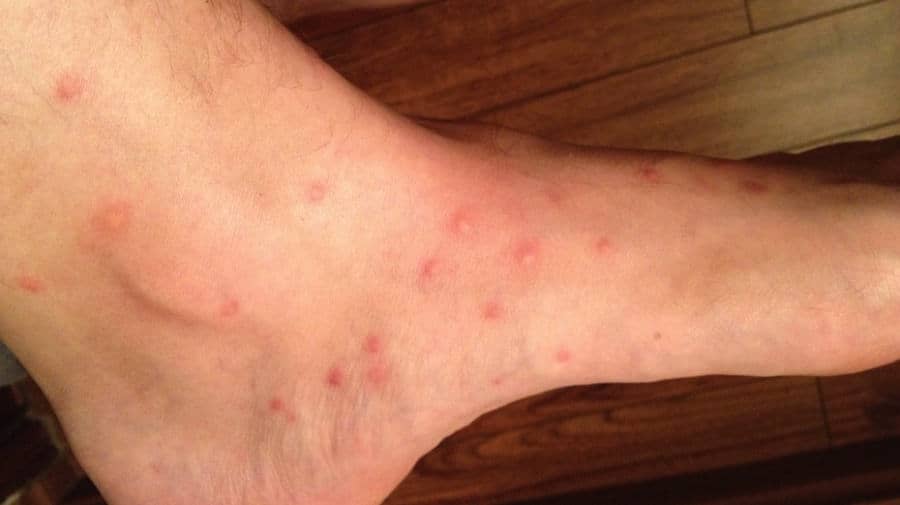
The bottom line is that while fleas on humans is not the most ordinary occurrence in nature, it isn’t that uncommon when humans and other animals co-exist for long periods of time, in confined areas.
Cat and dog fleas can survive for many months by consuming human blood alone, but because us humans are not their preferred host, their fertility is markedly reduced. Cat fleas will lay around 20 or 30 eggs every day when consuming cat blood, but this number reduces to as little as 3 or 4 eggs per day when enduring only human blood.
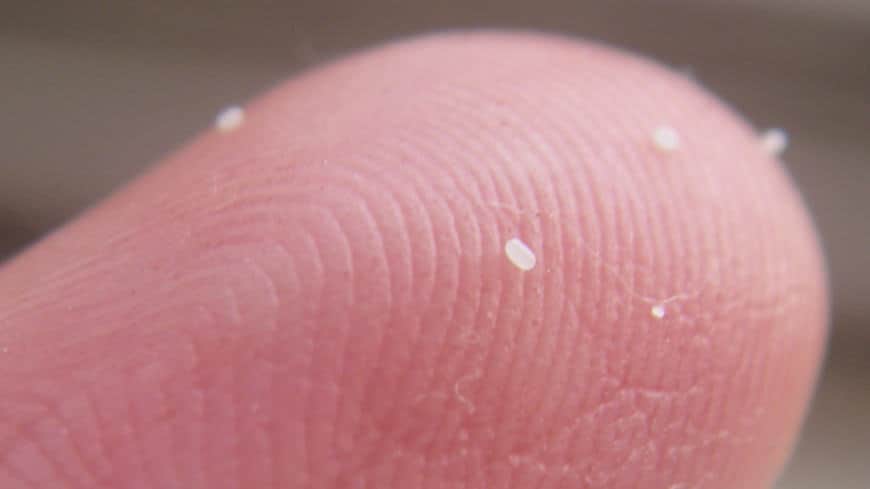
If humans are the only available food source, cat and dog fleas will usually feed more regularly and for longer periods to ensure they are engorged with blood before leaving.
Most often, fleas will be nibbling on your ankles and lower legs to get their fill, but it is possible to encounter bites across the body. These bites can be incredibly itchy, especially if you are unfortunate enough to suffer from an allergic reaction.
Can Fleas Live on Humans?
At the end of the day, it is easy to forget that, in the eyes of parasites, we are simply another tasty warm-blooded mammal like your beloved cat or dog. As we have seen, fleas are not at all averse to enjoying a good feast of human blood.
However, for those wondering whether fleas will willingly choose to actually live on us, in developed countries the short answer is usually no. Most flea species will only live and breed on animals, such as cats, dogs and rats. This is because they much prefer to reside in the dark, warm and moist environment provided by fur.
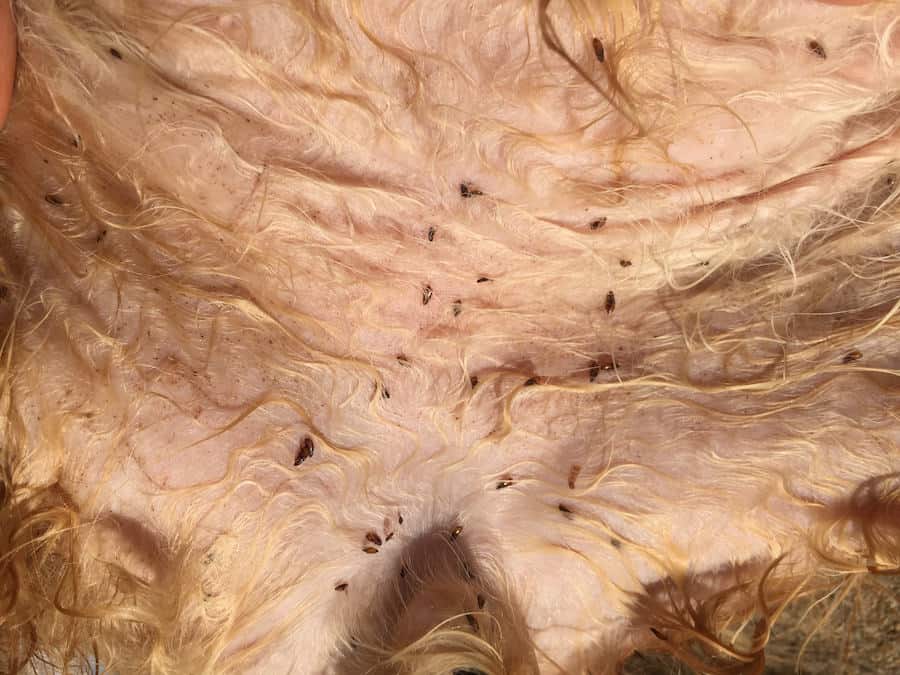
The exception to this rule is a species of flea known as the ‘Chigoe flea’ or ‘human flea’. As its name suggests, it resides in tropical areas and lives and feeds upon humans. This particular flea is specially adapted to live happily upon people. It especially likes to burrow under the skin, causing pain, swelling and itching, among other problems.
Human fleas reproduce particularly quickly and often initially go completely undetected by their host. Luckily, human fleas are generally rare in North America.
How Would A Person Get Fleas?
Flea infestations almost always originate outdoors. Flea eggs will mature in the shaded and well-protected areas in gardens, yards and wooded areas. Once the eggs have matured, hungry adult fleas break out from their cocoons and leap onto passing animals.
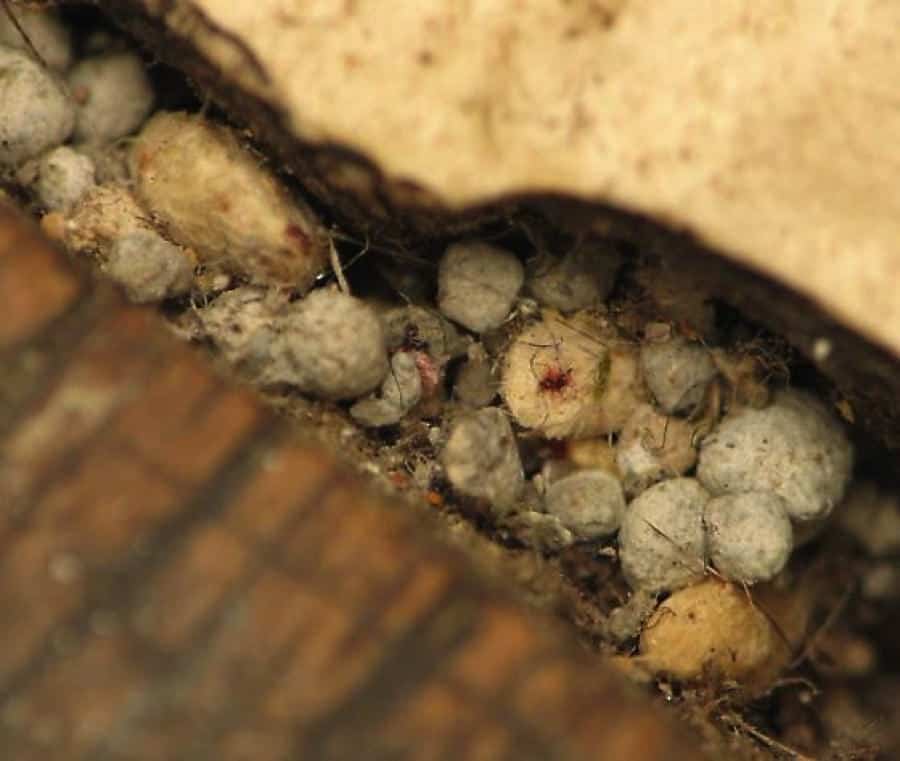
Urban wildlife such as raccoons and foxes are often-infested hosts that will carry flea eggs into neighborhood areas. The fleas lay eggs within their fur, which come loose and are scattered wherever the animal roams and rests. As a result, spaces under hedges, bushes and shrubs are prime locations for an accumulation of flea eggs. These are also areas that household dogs and cats enjoy laying, quickly picking up fleas, which are then brought into the home.
Getting fleas from your dog or cat is one of the most common reasons for getting fleas yourself.
If you do not own any pets, it is also possible to pick up fleas from outdoors on your clothing, from urban wildlife such as raccoons or rats coming onto your property, or from an encounter with another person’s pet.
How Would A Person Know If They Had Fleas?
As fleas do not generally live on humans as a host, they tend to bite and then leave. A flea bite usually feels like a faint sting or pinch, but most often, the offender has leapt away before you are able to spot them. Therefore, this means that the best way to be certain whether you have a flea problem is by identifying the bites, or looking for any signs of fleas on your pet or in your home.
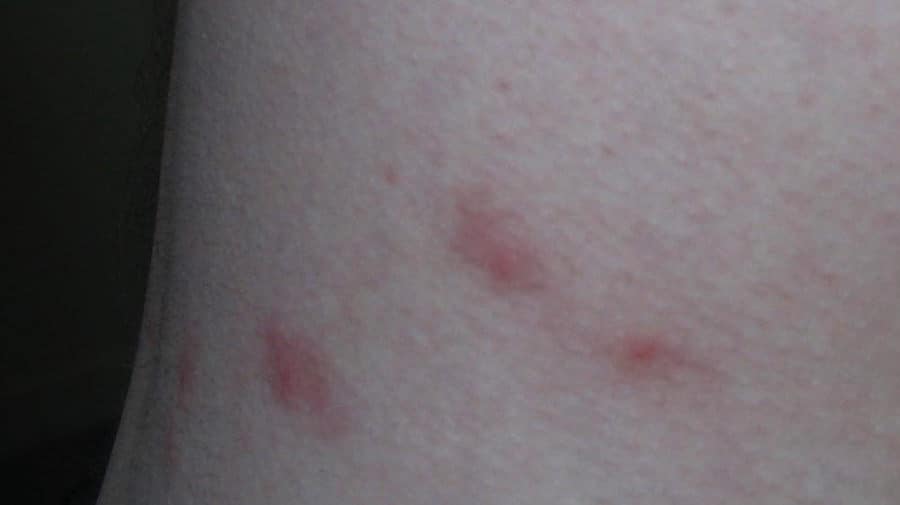
Flea bites present as raised red bumps, that are often irritated and itchy. There is usually a reddened area around the edge of the bite itself; it is also not uncommon to have clusters of four or five bites in one place. Frequently bitten areas on humans are the legs, ankles and feet, although bites can appear anywhere on the body.
After checking for bites, taking a good look around your home is a good way to determine if you have any unwanted guests. If you have pets, check their fur on the rump and back of the neck to see if you can locate any evidence of ‘flea dirt’. This is flea excrement, which appears as small clusters of tiny black granules among the fur.
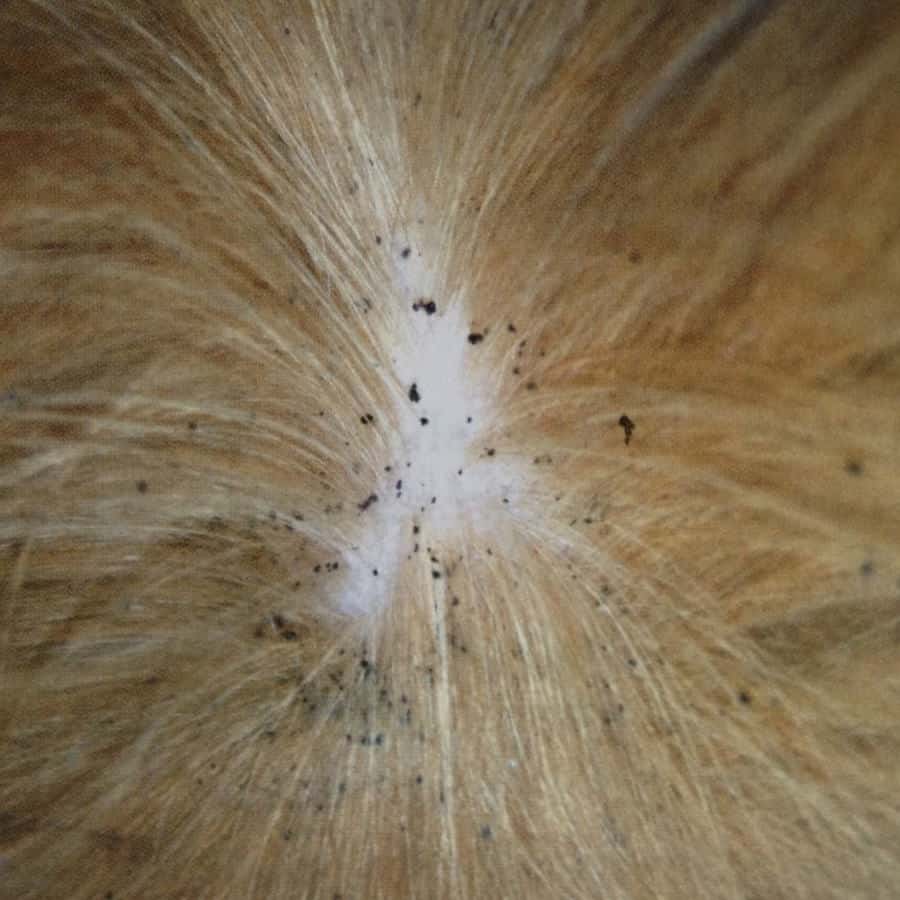
Fleas like to live in moist, warm and dark spaces. Within the home, immature stage fleas (eggs and larvae) very often reside in the base of carpets and cracks in wooden flooring. They can stay here for months, before emerging as adults and jumping onto a passing human leg or foot.
You can easily tell if you have a flea-infested carpet if you like to walk around your home in socks or slippers. Fleas can easily attach themselves to the fabric of socks, hitching a ride around your house. Take the time to inspect your socks inside and out looking for flea dirt or any actively moving fleas. White socks are of course best for this, darker colors can make fleas very difficult to spot.
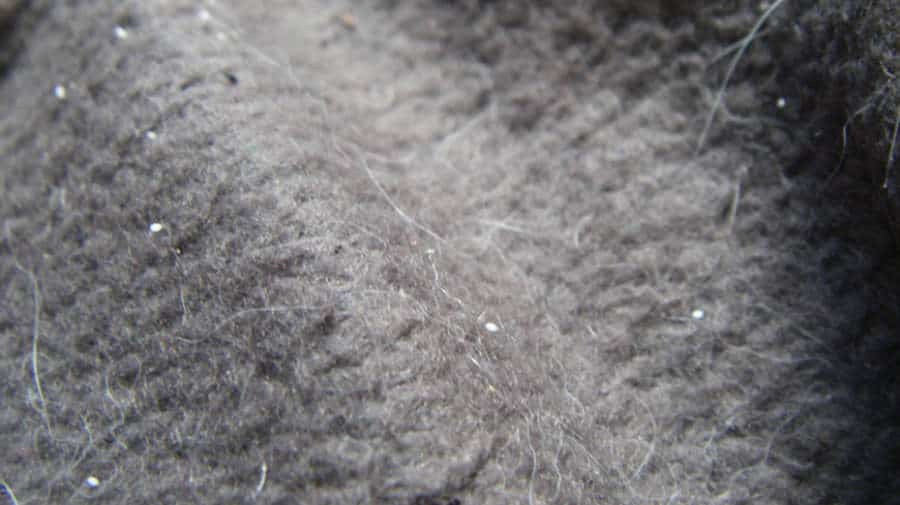
Can Fleas Transfer Disease To Humans?
Picking and scratching at flea bites carries the ever-present risk of infection, but these common parasites can also pass on more serious diseases. Most people will be familiar with the scourge of the ‘Black Death’ or bubonic plague that spread throughout Europe during medieval times. This deadly plague is believed to have been caused by a kind of bacteria carried by rat fleas, resulting in the death of 25 million people.
In modern times, there are still instances of bubonic plague within the United States. In fact, there is an average of 7 reported cases of bubonic plague that occur every year. Signs and symptoms are headaches, fever, weakness and tiredness, alongside swollen lymph nodes.
Typhus is another disease that can be readily spread by rat fleas. These can transfer to household pets, which bring the diseased fleas into the home. The excrement from these fleas is then picked up by humans from touching their pets. If this excrement is transferred to the mouth or an open wound, infection can result.
Furthermore, humans can contract parasitic tapeworms from some flea species. The tapeworms live within the fleas as their own host, being transferred over to people when the flea feeds off human blood.
How To Get Rid Of Fleas On Humans?
It is unusual for fleas to spend much time on humans, but it is possible that you may experience this if you have a bad infestation and no furry animals in the house. When it comes to eliminating fleas, there are two aspects that need to be tackled: personal hygiene and destroying the source of the infestation.
If residing for a period of time on a human host, fleas will likely settle in thick hair or beards. For this reason, it is really important to keep hair clean and well combed. If you can, tie up hair tight to your head, so that there is less loose hair for fleas to burrow into. It is also possible to purchase special shampoos and hair products that deter fleas from settling in these areas. Wash your clothes in a very hot wash to kill any fleas or eggs that may be hiding there.
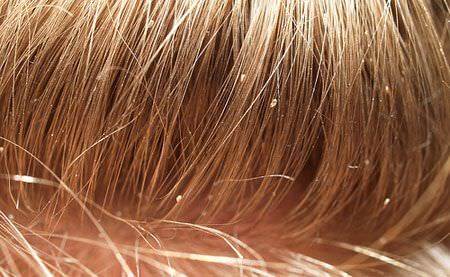
If you have pets, treat them immediately to eliminate one source of fleas. This not only helps kill the population that is currently living on your furry friend, but it also helps prevent the risk of any more flea hitchhikers being brought into your home.
Targeting the source of the infestation is a little more difficult. Flea eggs are incredibly small and can be distributed anywhere in your home. In the vast majority of cases, the most densely infested area in households is within the carpet.
One of the quickest ways to tackle this is by intensively vacuuming the entire area. This will eliminate the adult fleas, as well as the eggs, larvae and pupae hiding amongst the carpet fibers. The vibration from your vacuum cleaner can also wake up the flea pupae, encouraging them to leave their cocoon early, making it easier for you to eliminate them.
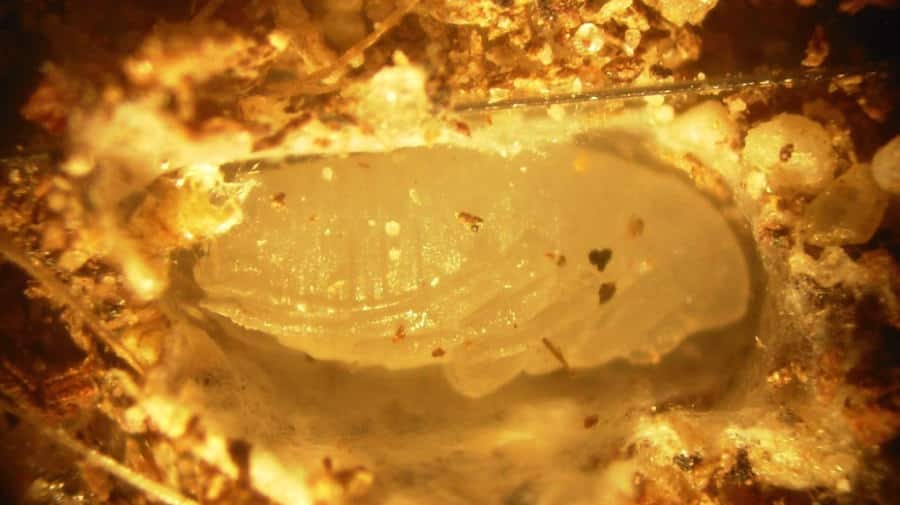
Combining vacuuming with diatomaceous earth is a great solution for targeting fleas hiding in your carpets. For best results, sprinkle food grade diatomaceous earth across your carpets, leave for a few days and then vacuum it up. It is very important to remember to take the vacuum cleaner outside before emptying it. If you do this inside, it is highly likely some flea eggs will find their way back into your carpet or flooring.
The operation to eliminate fleas doesn’t end here, all pet and human bedding, soft furnishings and cushions will need to be washed on high heat to kill fleas or flea eggs that could be inside. Anything that cannot be washed must be rigorously vacuumed, also be sure to vacuum the underside of furniture thoroughly to ensure no fleas are missed.
To really hit them hard, consider hiring a steam cleaner. Fleas at all stages in their life cycle are unable to survive the very high temperatures emitted by a steam cleaner. Temperatures over 95 degrees are guaranteed to destroy them.
Finally, cheaper, readily available solutions such as borax can also be used, although the effectiveness of these household products is usually limited.
How To Prevent Getting Fleas
As with anything pest related, prevention is definitely better than cure. The best place to start defending both yourself and your home from fleas is in your yard. Make sure to keep all lawns regularly mown and trim back all hedges and shrubbery. If you are planning to plant more shrubs, make sure they are planted a good distance from each other.
Such basic landscaping can make a huge difference, as it limits the places fleas can hide from sunlight, while waiting for an unsuspecting host to come past. You can also purchase special yard sprays that will destroy any fleas hiding in the vicinity.
The next thing to focus on is preventing wildlife, feral animals and any neighbors pets from visiting your yard. Feral cats, raccoons and foxes are some of the biggest carriers of fleas in urban areas. If you have pets, don’t leave their food outside. This will only encourage unwelcome visitors onto your property.
All trees or high foliage that could act as a ladder for rats or raccoons to reach your attic space should be cut back. Block any access points to outside buildings or structures like sheds or yard decking, where animals could rest or choose to nest.
If you have pets, make sure to treat them regularly with spot-on flea treatments throughout the year. This is really quick and easy, and prevents fleas from hitching a ride into your home. Washing their bedding and toys on a hot wash every fortnight is also good practice.
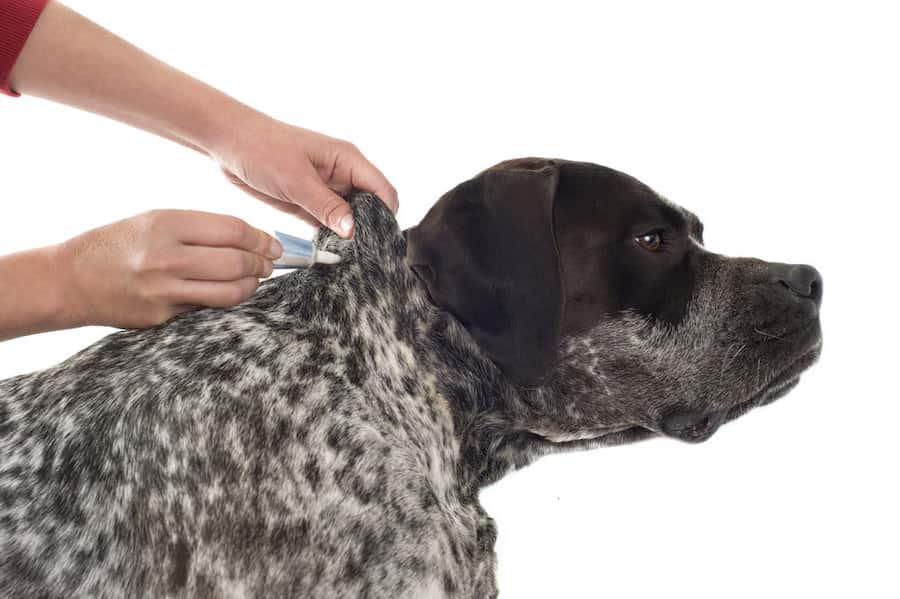
Remember, fleas will likely be found wherever your pets frequently visit, so if you’ve been finding fleas in your bed for example, make sure to keep your pets out of the bedroom to prevent recurring infestations.
Even the cleanest homes can become infested with fleas, but it certainly helps prevent an infestation if you keep on top of the housework. As we have seen, fleas and their eggs love to hide in carpeting and rugs. Therefore, giving your house a good, thorough vacuum once or twice a week is a great way to prevent any flea problems. Be sure to vacuum all around the edges of the carpet, not just where you or your pets regularly walk.
Fleas are an unpleasant and troublesome parasite that can cause much discomfort and embarrassment. While our pets and wildlife certainly suffer more at the mandibles of these blood-sucking pests, us humans are not immune to their irritation. However, by being vigilant and knowing what to look out for, we can go a long way towards winning the battle against fleas.

